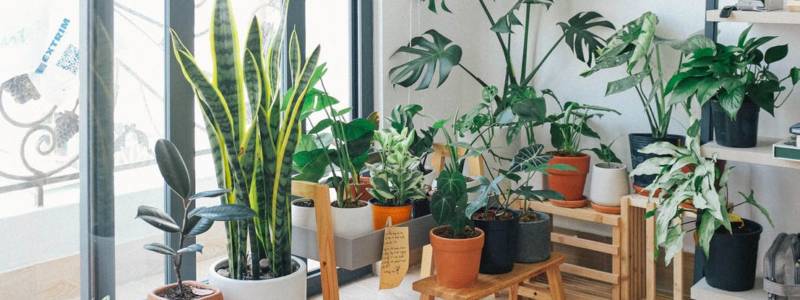
January 14, 2020 Gardening 101
Research studies are providing conclusive evidence that spending time in nature has a positive impact on both your mental and physical health and well being. However, urban living and modern lifestyles often don’t give many of us the opportunity to spend as much time in nature as we would like.
Of course, living on a beautiful, tropical island offers more opportunities to be in nature than, say, inhabiting the heart of New York City. However, there’s no such thing as “too much nature,” and many urban dwellers, as well as their suburban and rural counterparts, are opting to bring more of the natural world indoors.
Whether it’s a kitchen window-sill herb garden or a six-foot tall tree, indoor potted plants allow you to do just that.
Choosing Your Indoor Potted Plants
What are the best plants to bring into your home and which plants should you avoid?
Much will depend on the kind of indoor environment you’re able to give them. The most important factor affecting a plant’s ability to survive is the amount of light it gets. Therefore, plants that require direct sunlight may not do well indoors.
Regardless of the plant you choose, be prepared to adjust your home’s interior in order to ensure that your plants get the proper lighting they need. Here are some suggestions for plants that do well indoors.
Chinese Evergreen (Aglaonema)
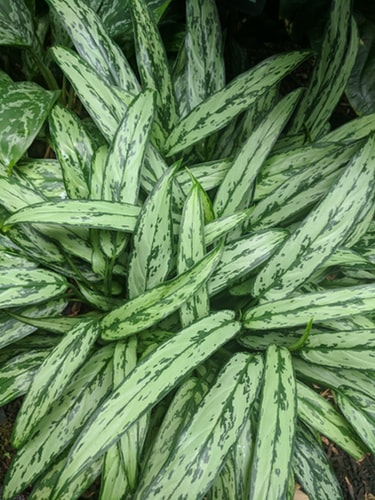
The Aglaonema or Chinese Evergreen is one of those plants that does NOT do well in direct sunlight, making it a great indoor potted plant. In fact, the darker the leaves, the less light they need. The variegated variety, on the other hand, requires more light but you should be able to easily provide sufficient light in your home.
Snake Plant (Sanseveria)
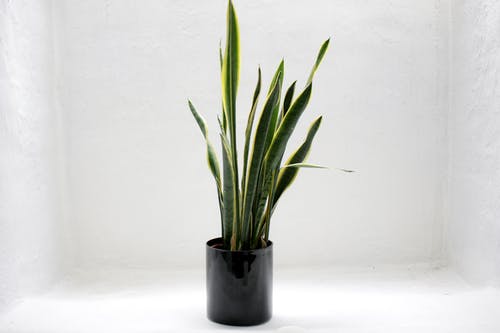
Sanseveria or Snake Plant is another of nature’s wonders that can survive under a wide variety of indoor conditions. Not only will it be okay in low-light and even drought conditions, the Snake Plant has been shown to remove toxins from the air, thereby improving indoor air quality.
Ferns (Polypodiopsida or Polypodiophyta)

Because ferns typically grow in the shade of tropical forest floors under dense tree canopies, they do well as indoor house plants. Their main requirement is moisture. If you can’t provide a humid, indoor environment, then it’s important to mist the foliage often with room-temperature water.
Corn Plant (Dracaena fragrans “Massangeana” )
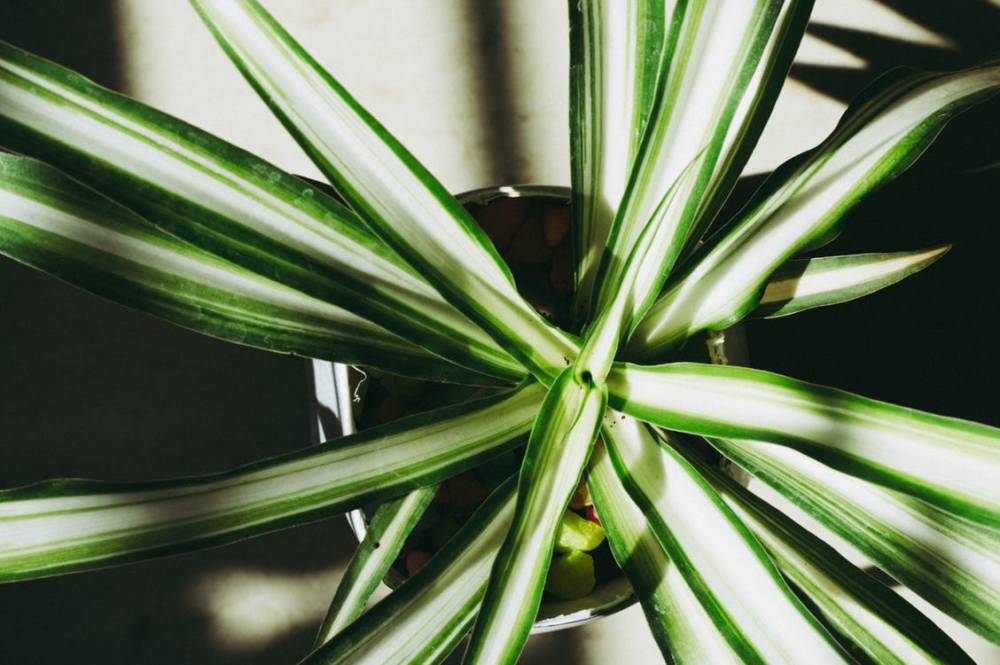
Another low-maintenance indoor plant, the Corn Plant, also known as Mass Cane, prefers indirect or bright, indoor light. And you will probably only need to water it about once a week. But be sure to check the soil so that it doesn’t get too dry. And mist the leaves if they start to turn brown.
Spider Plant (Chlorophytum comosum)
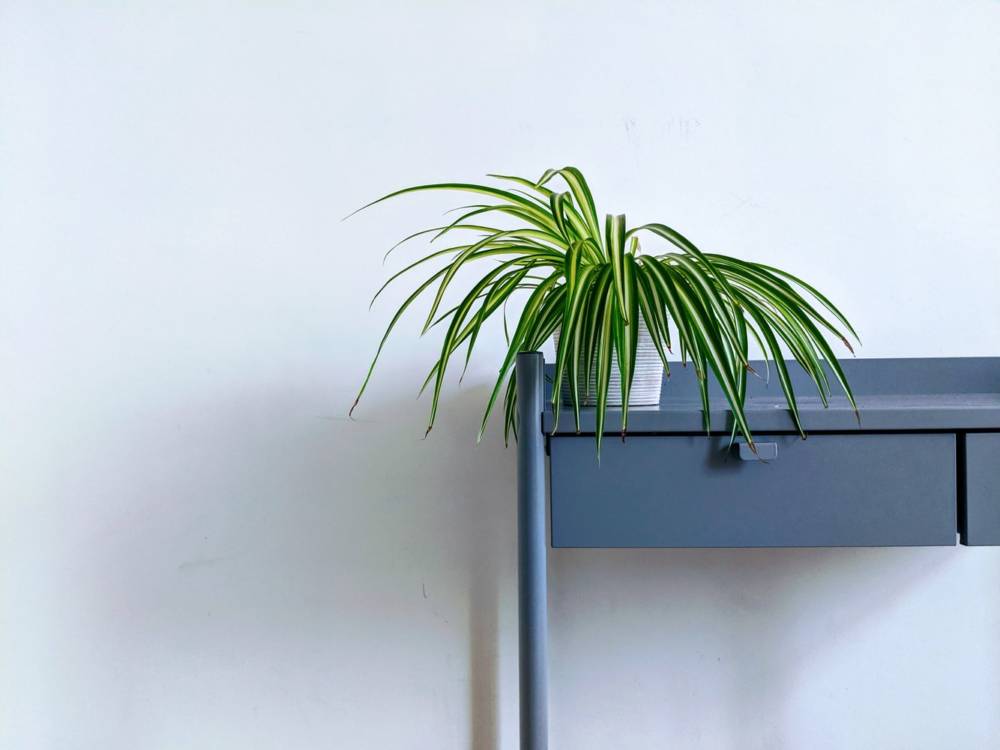
With a reputation as one of the easiest house plants to grow, the Spider Plant is an excellent indoor potted plant choice. As long as the soil is well drained and is allowed to dry out between watering, it does well in a wide range of indoor environments.
Care Tips for Indoor Potted Plants*
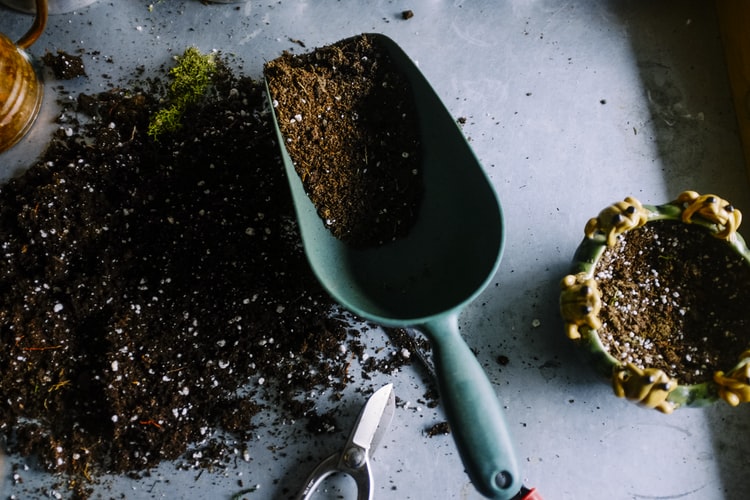
Fortunately, you don’t need a green thumb to be successful at caring for indoor potted plants. On the other hand, these plants need extra attention specifically because they aren’t growing in their natural environment, i.e. outdoors.
All plants need proper lighting, an optimal growing environment, the right kind of soil, and the right amount of water to sustain them. The trick is to know how much of each the plants you’re interested in require and the degree to which you can give them these essentials in your home.
The following indoor potted plant care tips will help you get off to a great start.
Research Plant Species
This will help you determine the plants that are best suited to the environment you can offer them. If there’s a plant species you love, but it doesn’t look like it’s suited to your home environment, you’ll have to decide if you’re prepared to invest the time, attention, and resources needed to have a successful growing experience.
Assess Your Indoor Environment
The answers to these questions will help you choose spots in your home that provide an optimal growing environment for the plants you eventually select.
- How much natural light comes into your home?
- Will you need to provide an artificial light source for the species you’re interested in?
- What is your home’s average indoor temperature and humidity?
- Will your plant be able to get enough carbon-dioxide-containing fresh air it needs for photosynthesis?
- What impact will the nursery environment where the plant comes from have on its ability to adjust to your home environment? Ask a nursery specialist if you’re unsure.
Select The Right Growing Medium
Your plant species will tell you the kind of potting soil or growing medium it needs. For indoor potted plants, a good, all-purpose potting soil should do the trick. Organic potting soil is another option for those who want as natural an environment for their indoor plants as possible. You can even grow indoor plants in a “soiless” environment, using media such as sphagnum peat moss.
Choose The Right Pot For Your Plants
While many extol the virtues of clay pots, your houseplants should do well in pots made from other materials such as plastic, glass, and metal. Whatever kind of pot you choose, make sure it has a hole or holes in the bottom so that excess water can drain out of the soil.
Don’t Overwater
Too much water in the soil can damage your plant’s root system. Without a healthy root system, your plant won’t be able to get the food it needs to grow. Make sure the soil is moist and not too dry. Some plants like succulents need the soil to completely dry out between watering.
Rotate Your Plants Regularly
Regularly rotating your plans ensures all sides get light. If they need brighter light than you can provide indoors, consider placing them on your lanai or balcony (if you have one) or using artificial lighting.
Don’t Over-Fertilize
This is especially true for plants that have just been potted or repotted in new soil. There should be enough “food” in the new potting soil to last for a while. Too much fertilizer can cause brown leaf tips or even loss of leaves, as well as slowed to no growth at all.
Don’t Let Dust Accumulate On Plant Leaves
Too much dust on the leaves blocks the light they need for photosynthesis. Wipe them down regularly with a soft, damp cloth. Or mist them with a spray bottle, and then wipe them with a dry cloth. You can even hose them off in the kitchen sink or shower.
Regularly Check For Signs Of Pests And Diseases
If you’ve provided optimal growing conditions for your indoor plants, pests and disease shouldn’t be a problem. However, it’s a good idea to inspect indoor plants before you buy them and then regularly (e.g. when you water them) at home for signs of pests such as mealy bugs and aphids. Disease symptoms include the appearance of gray mold and leaf spot. Isolate the affected plants from your healthy ones until the problem can be remedied.
Repot Plants That Have Outgrown Their Home
When you start seeing roots growing out of the drainage hole or when the root system is pushing the plant out of the pot, it’s time for a new one. Putting your plant in a bigger pot (no more than 3″ wider than the old one) gives its root system room to expand. And the fresh potting soil provides the nutrients your plants need. So you can hold off fertilizing for a while.
Visit a Ko’olau Farmers near you to discover the many kinds of easy-care indoor potted plants to choose from.
*These Indoor Potted Plant Care Tips are general in nature. Environments and conditions vary. For specific advice on caring for your specific indoor potted plant, talk to one of our specialists at a Ko’olau Farmers near you.
